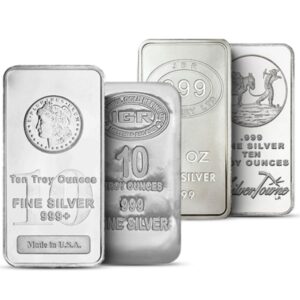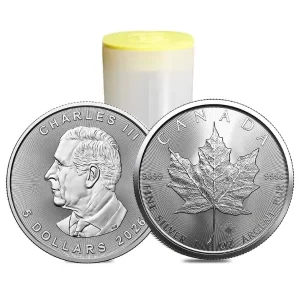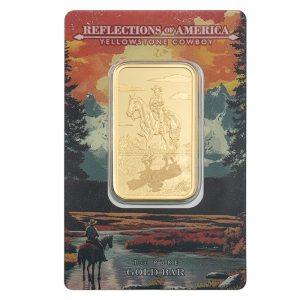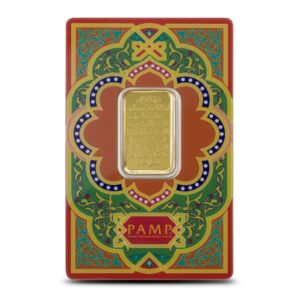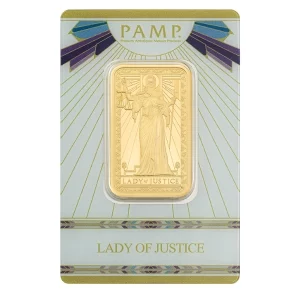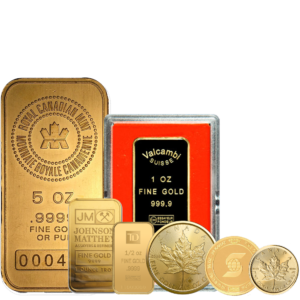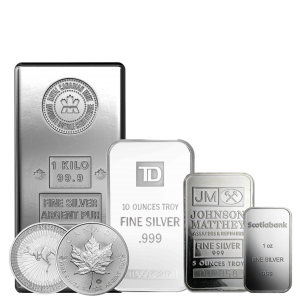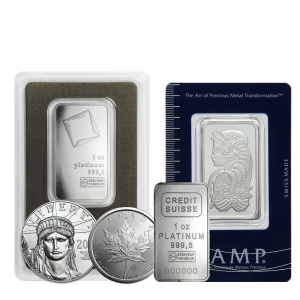In an era where fiat currencies are losing purchasing power at an alarming rate due to unchecked printing and geopolitical tensions, the timeless allure of physical gold and silver shines brighter than ever. These precious metals aren’t just relics of the past; they serve as tangible hedges against inflation, economic instability, and currency devaluation. Owning physical gold and silver means holding assets that have intrinsic value, immune to the whims of central banks or digital manipulations. They provide diversification in investment portfolios, act as a store of wealth across generations, and offer liquidity in times of crisis. As we delve into recent global developments, you’ll see how these events underscore the urgency of incorporating physical precious metals into your financial strategy. Let’s explore the latest headlines and historical insights that highlight their enduring benefits.
US Tariffs on Gold Bars: A Supply Shock Driving Prices Skyward
One of the most disruptive events in the gold market this year has been the unexpected imposition of US tariffs on specific gold imports, particularly one-kilogram and 100-ounce bars. In late July 2025, the US Customs and Border Protection issued a ruling classifying these popular bar sizes used in COMEX trading—often sourced from refining hubs like Switzerland—under a tariff code that subjects them to reciprocal duties, potentially as high as 39%. This move, aimed at addressing trade imbalances, caught the bullion industry off guard, leading to immediate chaos in global supply chains.
The tariffs primarily target cast gold bars from non-FTA countries, with Switzerland bearing the brunt as a major exporter. Bloomberg reported that this surprise ruling unleashed turmoil, causing gold futures to surge to record highs as traders anticipated reduced imports and tighter supplies in the US, the world’s largest gold consumer outside of central banks. Other news outlets highlighted how the decision could ripple through the market, with importers scrambling to reroute shipments or switch to alternative sizes like 400-ounce bars, which remain exempt.
This potential tariff-induced squeeze exemplifies upward pressure on gold prices due to constrained availability of the physical metal itself. With US demand for physical gold already robust amid economic uncertainties, any disruption amplifies scarcity. Refiners and dealers may face higher costs, passing them onto buyers, while investors flock to gold as a safe haven, further bidding up values. Silver, often moving in tandem with gold, could see similar benefits if tariffs extend to related commodities. In essence, such policies reinforce gold’s role as a resilient asset: when governments tinker with trade, physical holdings provide a buffer against artificial shortages and price volatility.
Africa’s Bold Push for a Minerals-Backed Currency: Reviving Faith in Fiat
Shifting focus to the African continent, a ground-breaking initiative is underway to restore stability to beleaguered currencies through a modern twist on the gold standard. In January 2025, the African Development Bank (AfDB) proposed a “critical minerals-backed currency” system, akin to a new gold standard, where fiat money would be partially anchored by reserves of gold, silver, cobalt, copper, lithium, and other essential minerals abundant in Africa. This plan aims to counteract the rapid erosion of purchasing power in unbacked fiat systems, where hyperinflation has plagued nations like Zimbabwe and Ghana.
Reuters described it as a strategic move to leverage Africa’s mineral wealth—home to 30% of global critical minerals—to foster economic sovereignty and attract investment in green energy transitions. Countries such as Zimbabwe have already piloted gold-backed currencies like the ZiG, something we have covered in a previous newsletter, while Ghana introduced measures to back its cedi with gold purchases to curb depreciation. The AfDB’s vision includes a non-circulating reference currency for intra-African trade, potentially piloted soon with support from the African Union and powerhouses like South Africa.
This announcement signals a global rethink on monetary systems. By tying currency value to tangible assets, African nations seek to rebuild trust eroded by overprinting and unsustainable debt. For investors, it highlights gold and silver’s universal appeal: as more regions pivot toward backed currencies, demand for physical metals could soar, driving prices higher. Owning these assets positions you ahead of the curve, offering protection if similar reforms spread, and underscores their scarcity value in a world awash with digital and paper money.
A Brief History: The Gold Standard and the Perils of Fiat Abuse
To appreciate these developments, let’s revisit how currencies functioned under the gold standard, a system that provided remarkable stability until its dismantlement. From the 19th century until the mid-20th, many nations, including the US and UK, pegged their paper money to a fixed quantity of gold. Currency notes essentially served as IOUs—receipts redeemable for physical gold or silver at banks or treasuries. This convertibility ensured that money’s value was tied to “real” assets with inherent scarcity, preventing governments from arbitrarily expanding the money supply on a whim.
Under this regime, inflation was minimal because printing more notes required a corresponding increase in gold and/or silver reserves. People’s wealth didn’t “leak” over time; savings retained purchasing power as the system discouraged overprinting. For instance, a US dollar in the late 1800s bought roughly the same as in 1910, fostering economic predictability and international trade confidence. Gold and silver were the true money, with paper as a convenient proxy.
However, the system was abused during wars and economic crises. Governments suspended convertibility of paper notes to physical gold and silver to finance deficits— World War I and II, as well as the Great Depression being major examples—leading to imbalances. The final blow came in 1971 when President Nixon ended the US dollar’s gold convertibility under the Bretton Woods agreement, birthing the pure fiat era we know today. Without backing, central banks could print freely, resulting in chronic inflation: the US dollar has lost over 85% of its value since 1971 and over 99% since the creation of the Federal Reserve in 1913. This history teaches that unbacked fiat invites devaluation, eroding savings through hidden taxation.
Physical gold and silver, by contrast, have preserved value over millennia. An ounce of gold bought a fine suit in ancient Rome and does so today, outpacing inflation.
 Hi,
Hi,


